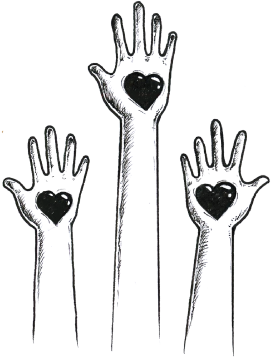October 9, 2016
Practical tips to distribute and scale your technology
contributor: Rob Goodier
The final module in E4C’s four-step course, Introduction to Engineering for Global Development
An uncomfortable truth for product designers is that distribution may trump design.
“Marketing and distribution matter even more than getting the design of the phttps://www.engineeringforchange.org/what-we-do/intro-to-egd/roduct just right,” says Diana Jue, a Contributing Editor at E4C and Co-Founder of Essmart, a distributor of solar lights, stoves and other products that meet basic needs in rural India.
“You may have created an amazing technology that is a real labor of love and technical wizardry. But distributing it to the people you made it for will be your biggest challenge,” Ms. Jue says. (For more on distribution, please see Ms. Jue’s guide, Seven Expert Tips to Help Your Invention Succeed Where Others Fail: Distribution.)
Not to worry. The basics of distribution and scaling up for big sales are detailed in the fourth and final module of E4C’s online course, Introduction to Engineering for Global Development. Upon completion, novice practitioners will have insight into how to oversee processes from production to distribution. They will learn best practices to ensure responsible scale up. And, importantly, they will learn how the concept of “ownership” leads to sustainable, long-lasting solutions.
The final module instructs learners in the topics of economies of scale, marketing, life-cycle analysis, monitoring and evaluation and after-sale service. Failure in any of those areas can drag down an entire venture.
“Many efforts at providing solar home lighting have failed on account of poor service,” says Anand Narayan, an Intellectual Property and Development consultant and an adviser to the introductory course.
“During the sales cycle, there is lot of enthusiasm, and there is enough incentive built in due to commissions and targets. This causes problems six months to a year down the road when normal wear and tear and other issues crop up, and the user has nowhere to go to get it fixed,” Narayan says.
When he worked with the Solar Electric Light Company (SELCO) in Bangalore, India, Narayan’s colleagues met the challenge with same-day service. They opened an office staffed with a technician within 100km of every customer.
“This helped Selco provide (and continues to provide) on the order of tens of thousands of home lighting systems for many years,” Narayan says.
For more on after-sales service and the rest of the product development cycle from legal frameworks to monitoring and evaluation, please see the course, Introduction to Engineering for Global Development.
The course is available on demand, free of charge to E4C members and completion qualifies for a Continuing Education Unit (CEU), which is equivalent to 10 Professional Development Hours. Start here.
tags : distribution, free online education, marketing, mobile monitor, professional development





28-03-2020 04:27:36 AM
agmanor says:
11-01-2018 12:22:56 AM
Mohd sharique says:
15-12-2016 02:08:15 AM
sagar says: